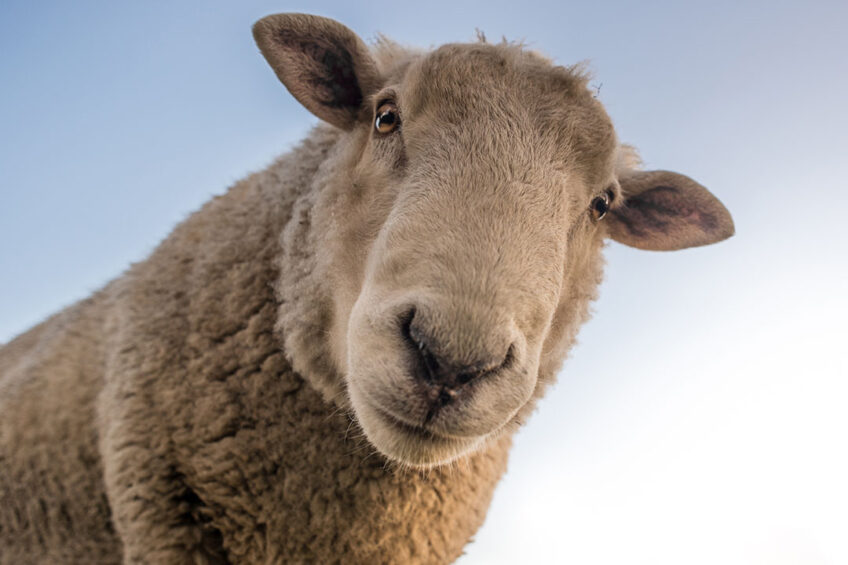Animal protein companies face triple challenge in 2023

Adapting to sustainability challenges, disease threats and market volatility will be key for animal protein companies to remain competitive next year, according to a new report from Rabobank.
While firms have already had to face rising input prices, supply chain distribution issues and geopolitical problems, 2023 is likely to see prices supported by high feed costs and elevated energy prices.
In its Global Animal Protein Outlook report, Rabobank says animal protein production levels are expected to see a rise in major markets of 5 million tonnes – or 1% – to a total of 430m tonnes next year.
This will be due to the anticipated strong demand for poultry, fish and seafood, as they will continue to be seen as value-for-money propositions. These gains will offset weaker performances in the beef and pork sectors, which consumers view as more expensive, However, the growth rate will be lower than the 2% seen this year.
Slow growth is expected in China across all species growth, and ongoing growth is also expected in Brazil and South East Asia along with Oceania, while production in North America and Europe will contract.
It’s been a year like no other for the animal protein industry.
Emission commitments
Rabobank expects producers and processors to intensify their emissions commitments next year, but this will require greater investment in areas such as smart data to make their operations and supply chains more sustainable.
Proactive approach
The most successful businesses, the company argues, are also moving on to a more proactive footing to manage disease risks, such as avian influenza and swine fever. This includes sensors that can recognise unusual animal movements and predictive technology to recognise animal health and welfare issues and limit herd and flock losses.
Meanwhile, retailers are responding to higher costs by shrinking packet sizes and reducing ranges, and so animal protein companies need to factor in consumer behaviour in a recessionary environment, such as the move towards convenience products, and trading down.
Challenging markets
Commenting on the report, Justin Sherrard, global strategist for animal protein at Rabobank, said the past year had been immensely challenging: “It’s been a year like no other for the animal protein industry. Companies have grappled with rising input prices, supply chain disruption and geopolitical strife, many of which are unresolved as we head into 2023. These factors have increased costs across the market, but while prices rise quickly, they tend to fall more slowly.
“We therefore expect prices to remain high next year, even as the market enjoys steady production growth on the back of a growing supply of aquaculture and poultry. This masks reductions in the supply of beef, due to contraction in the US after years of drought and the weakening pork market in Europe,” added Sherrard.
Longer-term
Looking further ahead, Sherrard said increasing awareness of carbon footprints and a proactive approach to managing disease would continue to offer opportunities to the most forward-thinking companies to invest and prosper.







